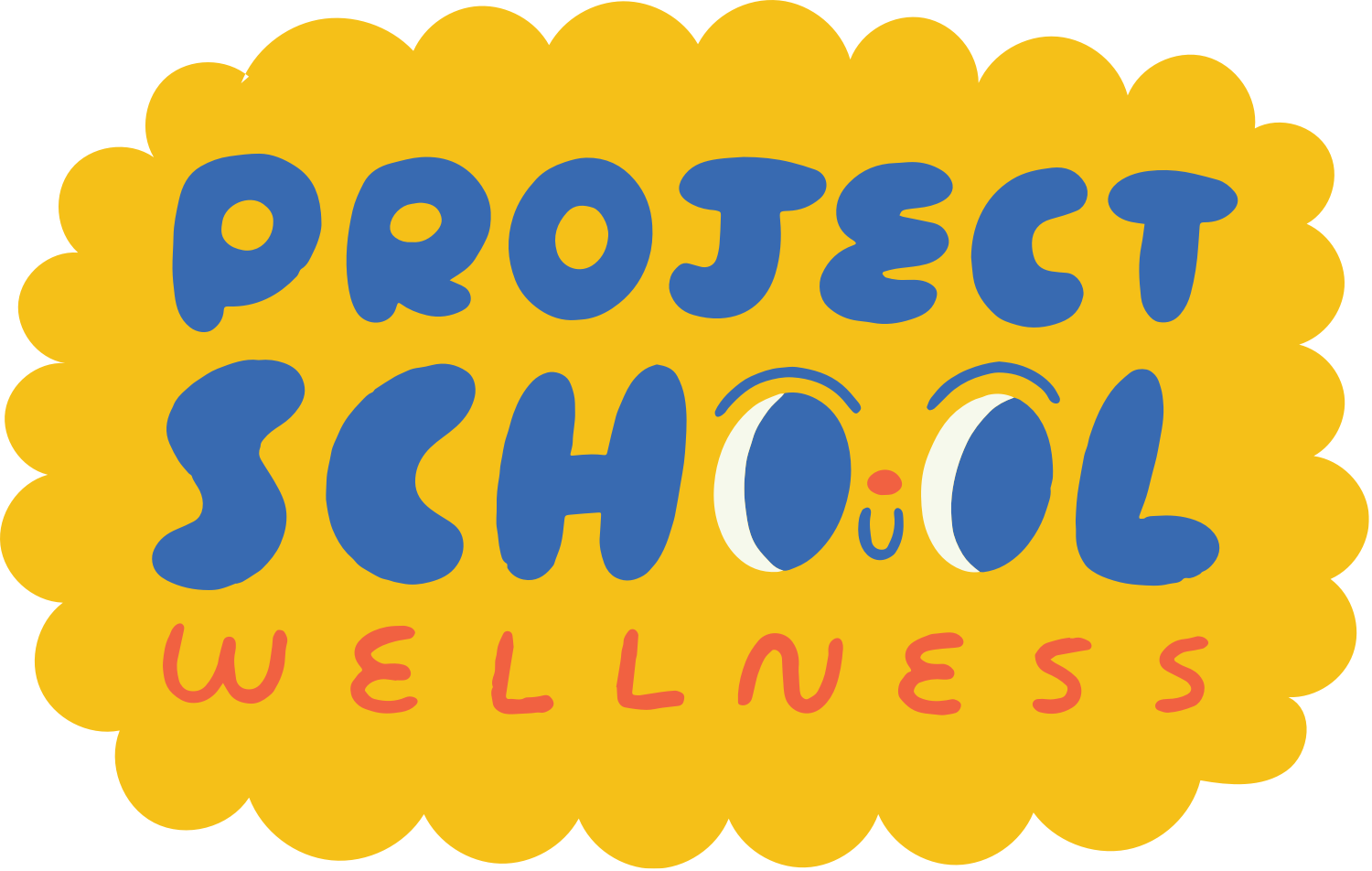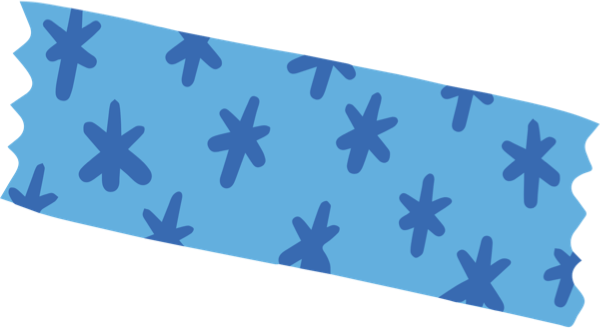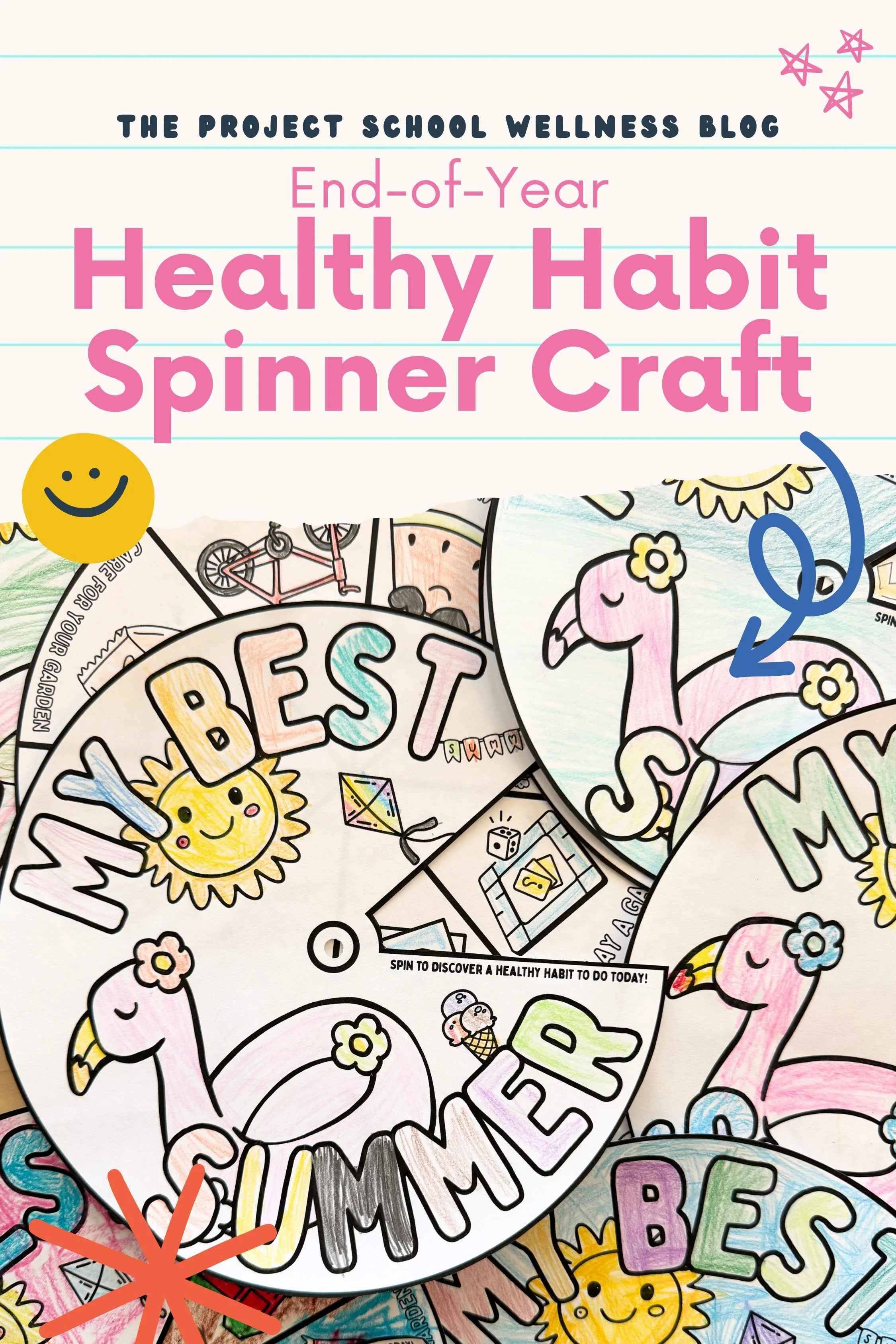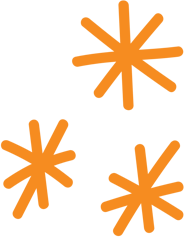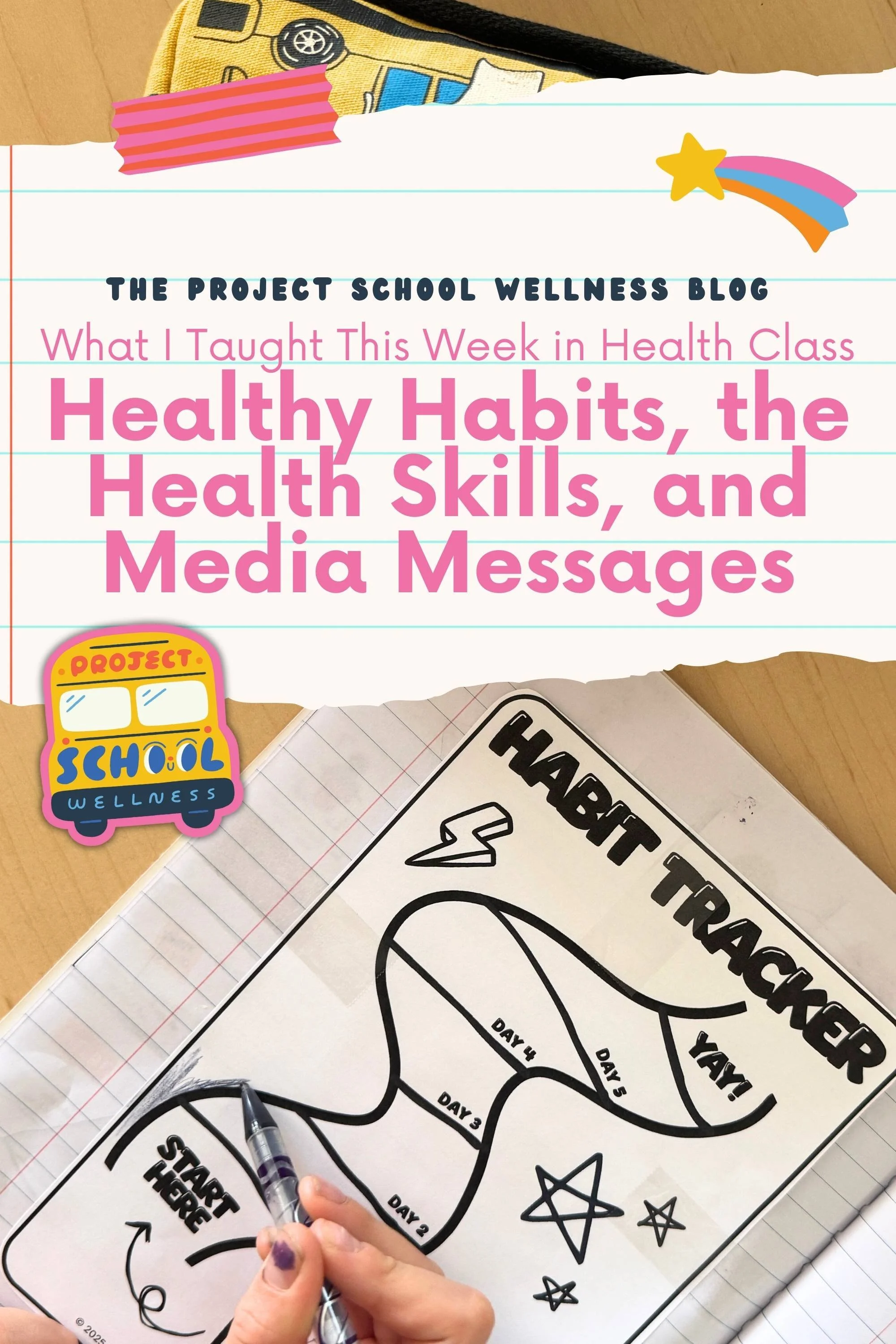
Health Ed Blog
Discover practical tips, teaching insights, and health education hacks to make your job easier and your teaching more impactful.

FresH Off the Press
The BEST Model Learning Stations
categories
what’s trending
Health Ed blog
Teacher Favs
Search the Blog
Learning Stations for Health Class: How to Take Care of Your Body
Help students explore what it really means to care for their bodies with this interactive, hands-on learning station activity. Designed for middle and high school health classes, this lesson invites students to examine six essential aspects of body care - body image and relationships with the body, hygiene, physical activity, food and water, safety, and sleep - through engaging, student-centered exploration.
All About Me Poster for Health Class: My “BEST” Backpack
Kick off the school year with a health twist on the classic All About Me poster! The My “BEST” Backpack activity helps students reflect on their personal well-being while learning the BEST Model - Body, Environment, Self, and (Social) Ties. It’s a fun, creative way to help students connect who they are to what it means to be healthy. Perfect for first-week lessons that blend self-awareness, creativity, and holistic health.
What I Taught This Week in Health Class - SHAPE Health Skills + Media Messages
Here’s a look at what I taught this week in preschool, elementary, middle school, and high school health class.
Meet Project School Wellness
Your Go-To Partner in Health Education!
At Project School Wellness, we are dedicated to making health education simple, effective, and life-changing.
As your one-stop health education hub, we offer ready-to-use health curriculum and resources for health teachers, expert guidance for parents navigating tough topics, and trusted insights for students building lifelong health skills. Whether in the health classroom, at home, or learning on your own, we’re here to help students build the knowledge, skills, and confidence needed to live their healthiest, happiest lives.
